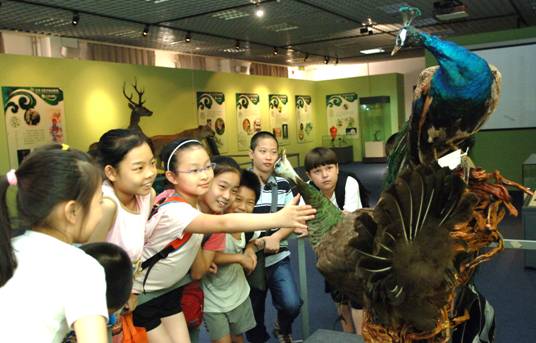Position:Home > Exhibition> Animals and Plants in Auspicious Culture
Exhibition
Animals and Plants in Auspicious Culture
Auspicious culture is important in Chinese tradition, because it indicates people’s wish for seeking gains and avoiding losses and their pursuit for a better life.
Throughout history, people have gradually developed a “symbolic culture” from long-term observation and worship of animals and plants. This symbolic culture implies intuitive wishes, and extend into cultural expressions such as good luck, happiness, longevity, and wealth. Its external forms reflect all aspects of life, from tribal totems to people’s clothing, food, housing, and transportation. People express their wishes by selection of time and seasons, words, numbers, behaviors and so on.
Some animals and plants are given good meanings according to their names, certain behaviors and special appearance. They become particular symbols in the auspicious culture.
The original exhibition Animals and Plants in Auspicious Culture of Beijing Museum of Natural History builds a bridge between biological and cultural researches, allowing visitors to appreciate the auspicious culture in China, and learn more about animals and plants.

The main content of the exhibition is divided into two parts. The first part gives the definition of auspicious things, as well as the introduction to the worship of totem, nature and spirituality. The second part elaborates on animals and plants seen as auspicious things in China. Animals are grouped into spiritual entities, beasts, birds, frogs and butterflies; and plants are divided into wood, fruit, flowers, and grass.